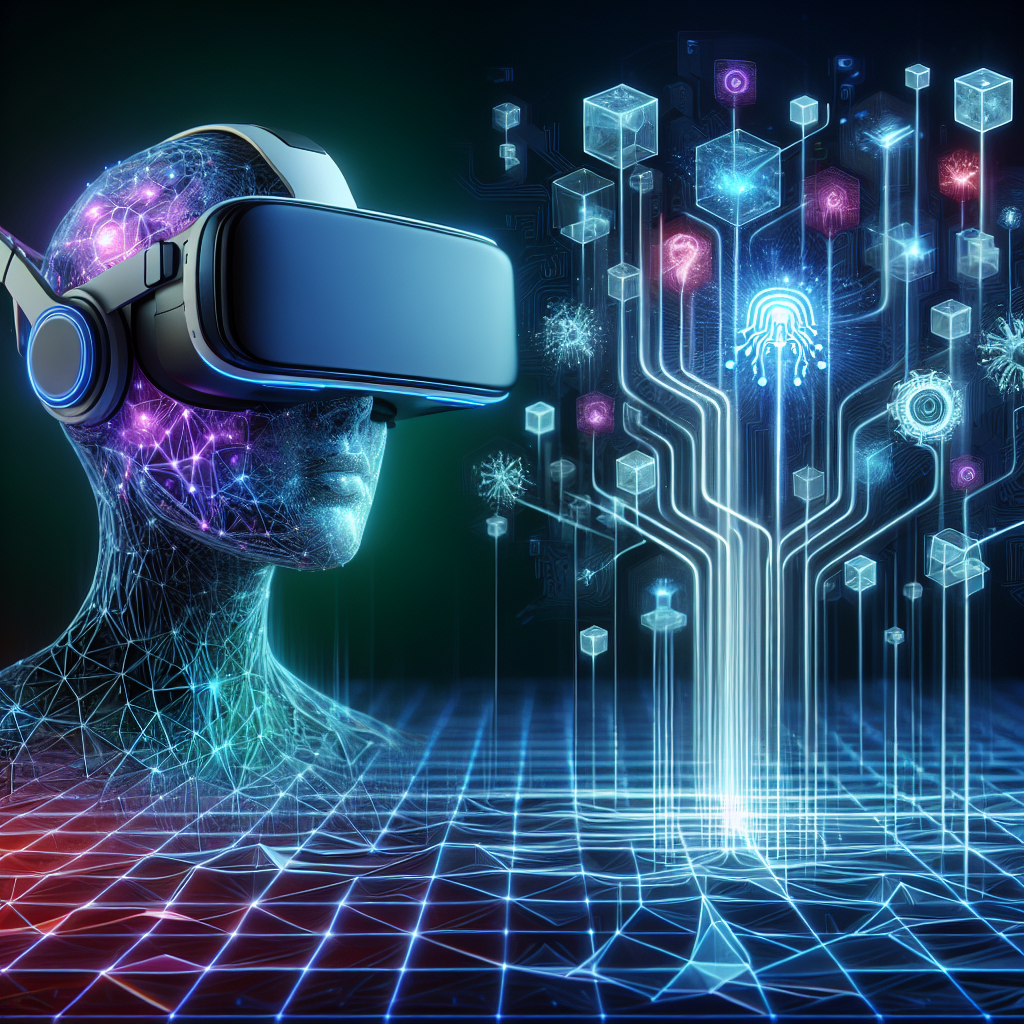AI Integration: Enhancing Virtual Reality Experiences
Artificial Intelligence (AI) has revolutionized many industries, and its integration with Virtual Reality (VR) is no exception. By combining the power of AI with the immersive experience of VR, developers can create truly engaging and interactive virtual worlds that were once unimaginable. From improving user experiences to enhancing training simulations, the possibilities of AI integration in VR are vast. In this article, we will explore how AI is enhancing VR experiences and the potential it holds for the future.
Enhanced User Experiences
One of the key ways in which AI is enhancing VR experiences is by personalizing and customizing content for users. AI algorithms can analyze user behavior, preferences, and interactions within the virtual environment to tailor experiences to individual needs. This level of personalization can create a more engaging and immersive experience for users, leading to increased satisfaction and retention.
For example, AI can track a user’s gaze and movements within a VR environment to understand their interests and preferences. Based on this data, AI algorithms can dynamically adjust the content and interactions in real-time to provide a more personalized experience. This can lead to increased user engagement and a deeper connection with the virtual world.
AI integration can also improve the realism of VR environments by creating more lifelike characters and interactions. AI-powered NPCs (non-player characters) can exhibit more realistic behaviors and responses, making the virtual world feel more alive and dynamic. This can enhance immersion and create a more believable and engaging experience for users.
Training Simulations
AI integration in VR is also revolutionizing training simulations across various industries, from healthcare to manufacturing. By combining AI algorithms with VR technology, developers can create highly realistic and interactive training scenarios that mimic real-world situations. This allows users to practice and hone their skills in a safe and controlled environment, reducing the risks and costs associated with traditional training methods.
For example, in healthcare, VR simulations powered by AI can provide medical students with realistic scenarios to practice surgical procedures or patient diagnosis. AI algorithms can generate dynamic patient responses based on the user’s actions, creating a more realistic and challenging training environment. This can help students develop critical skills and decision-making abilities in a controlled setting before working with real patients.
In the manufacturing industry, AI-powered VR simulations can be used to train employees on complex machinery and equipment. By immersing users in a virtual environment, AI algorithms can provide real-time feedback and guidance on proper procedures and safety protocols. This can improve employee training efficiency and reduce the risk of accidents and errors in the workplace.
Future Potential
The integration of AI in VR is still in its early stages, but the potential for growth and innovation is vast. As AI algorithms continue to advance and VR technology becomes more accessible, we can expect to see even more sophisticated and immersive virtual experiences in the future.
One area of potential growth is in the field of AI-driven storytelling in VR. By combining AI algorithms with narrative design, developers can create interactive and dynamic storylines that adapt to user choices and actions. This can lead to more engaging and personalized storytelling experiences that blur the line between traditional media and interactive entertainment.
Another area of potential growth is in the development of AI-powered virtual assistants in VR. By integrating AI chatbots or voice recognition technology into virtual environments, users can interact with virtual assistants to receive information, guidance, and assistance. This can enhance the user experience and provide a more seamless and intuitive interface for navigating VR environments.
Overall, the integration of AI in VR has the potential to revolutionize the way we interact with virtual worlds and create new opportunities for immersive experiences across various industries. As AI technology continues to evolve, we can expect to see even more exciting developments in the field of AI-driven VR experiences.
FAQs
Q: How does AI enhance user experiences in VR?
A: AI can enhance user experiences in VR by personalizing and customizing content based on user behavior and preferences. AI algorithms can analyze user interactions within the virtual environment to create more engaging and immersive experiences.
Q: What are some examples of AI integration in VR training simulations?
A: In healthcare, AI-powered VR simulations can provide medical students with realistic scenarios to practice surgical procedures or patient diagnosis. In the manufacturing industry, AI-powered VR simulations can train employees on complex machinery and equipment.
Q: What is the future potential of AI integration in VR?
A: The future potential of AI integration in VR is vast, with opportunities for growth in areas such as AI-driven storytelling, virtual assistants, and interactive experiences. As AI technology continues to evolve, we can expect to see even more innovative and immersive VR experiences in the future.

